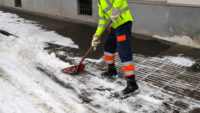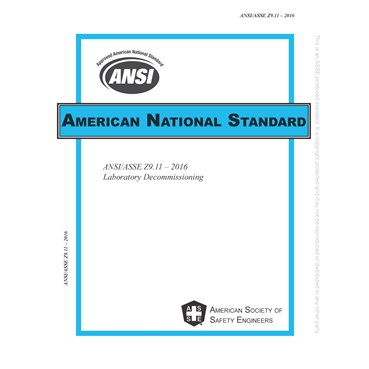Safeguard your facility this winter

Winter is quickly approaching and each year, like clockwork, the gusting winds, snowstorms and freezing temperatures descend on cities throughout the country. From Portland, Maine, to Portland, Oregon, just about every facility becomes a potential danger zone thanks to the harsh winter weather. And don’t think that if you live in a region with a moderate climate, you’re off the hook. A freak ice storm or heavy frost can impact your facility even more severely than those in colder areas simply because people in milder climates are generally unprepared for unfamiliar weather conditions. According to the National Floor Safety Institute, falls account for more than 8 million hospital emergency room visits, representing the leading cause of hospital visits. Additionally, compensation and medical costs associated with slip and fall accidents amount to approximately $70 billion annually. And according to the National Safety Council, the average cost of a slip and fall injury to a facility in particular is $28,000. That’s the bad news. The good news? A little advance preparation can help you mitigate winter’s potential slip-and-fall safety dangers - and help you avoid costly accident claims.
10 ways to safeguard your facility
Whether you’re dealing with customers or students, employees or tenants, personal safety at all times - and especially in the winter - is a top priority. Following are 10 ways for you to help safeguard your facility this winter:
- Keep walkways, doorways, stairways and high-traffic areas free of clutter and debris.
- Keep your sidewalks, walkways and rooftops free of ice and snow. Snow-melting mats are an efficient and convenient way to prevent snow and ice accumulation around a facility and help reduce slip-and-fall accidents. Look for products that are portable and designed to be left outside for the entire winter season.
- Fill holes and depressions around your property that may accumulate excess ice, snow and water. Inspect all concrete, stone or brickwork and repair them if needed.
- Inspect your gutters and downspouts for leakage as this can cause dangerous ice patches to form.
- Ensure that your facility has proper lighting both inside and outside.
- Regularly replace burnt-out light bulbs and be sure to use the appropriate wattage.
- Install light switches at the top and bottom of your buildings’ stairs.
- Make sure stair height and tread widths meet building codes, and that each step is identical in size.
- Use nonskid pads to secure area rugs and throw rugs.
- Double-check your organization’s insurance coverage to make sure you have enough in place in case of an accident.
Plan and prepare
Just like other routine maintenance, keeping your facility and property safe and secure isn’t difficult. But it does require a systematic maintenance plan, the proper tools and solutions, and a commitment to ensuring that the work is done to the highest standards.
Looking for a reprint of this article?
From high-res PDFs to custom plaques, order your copy today!







